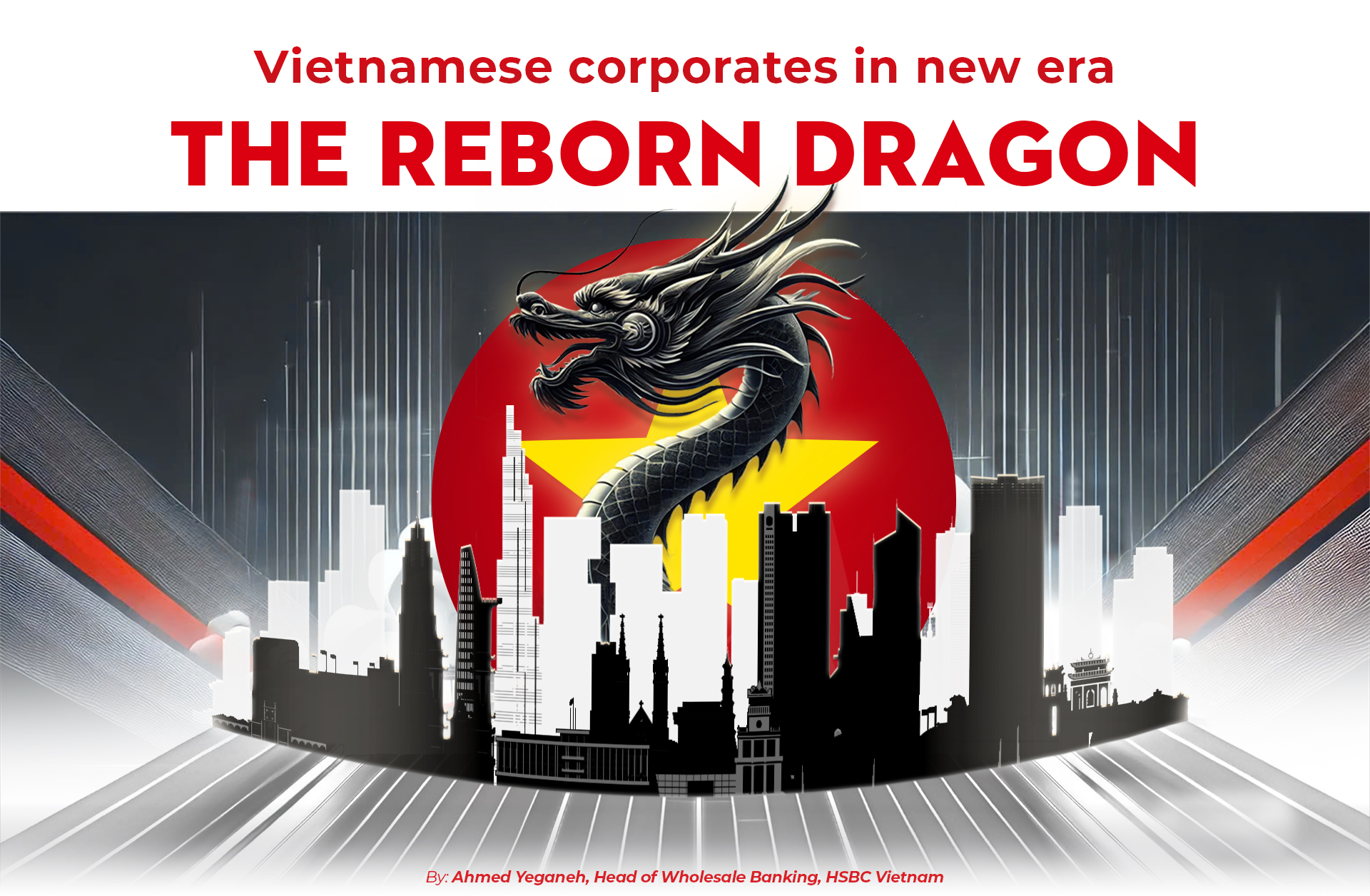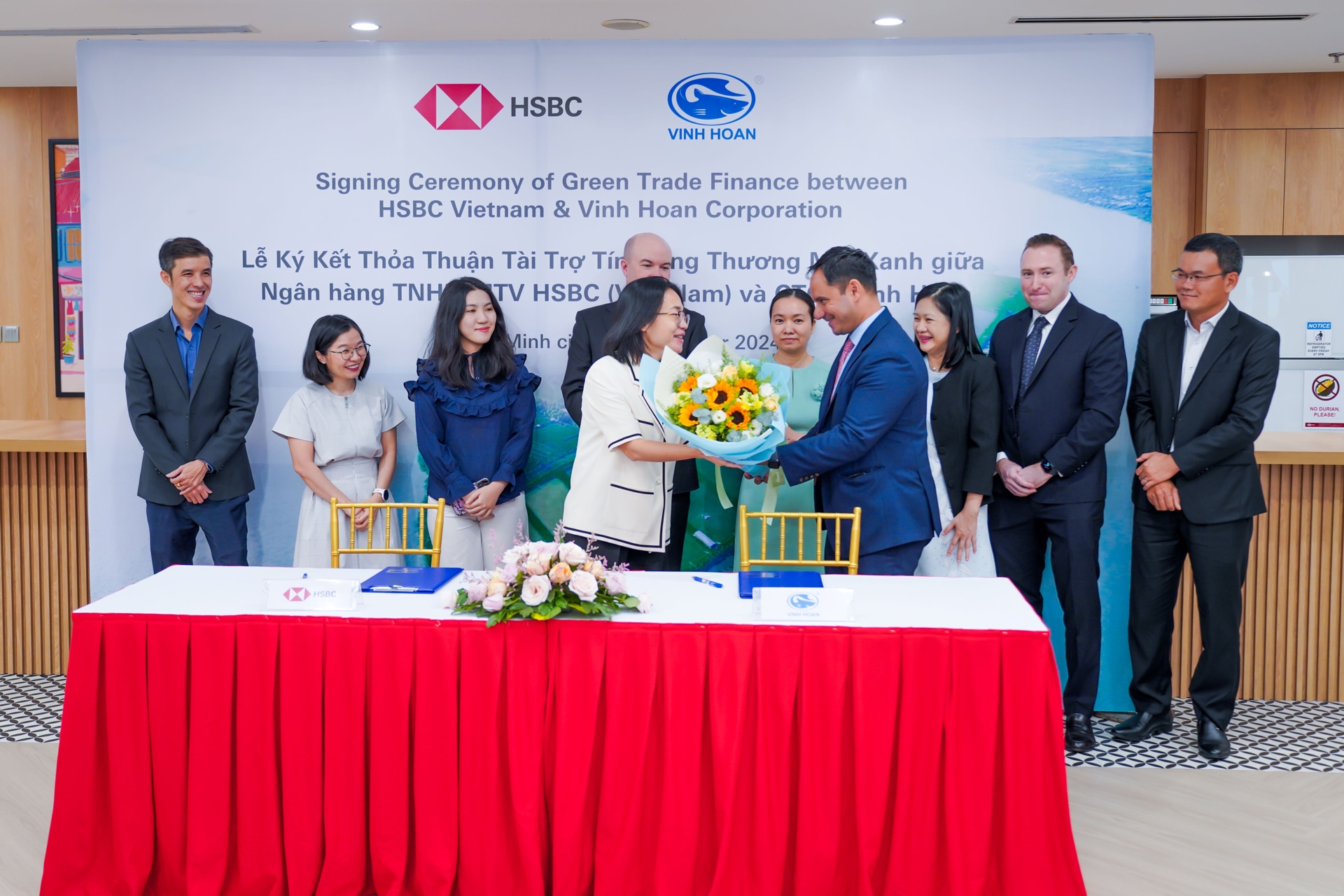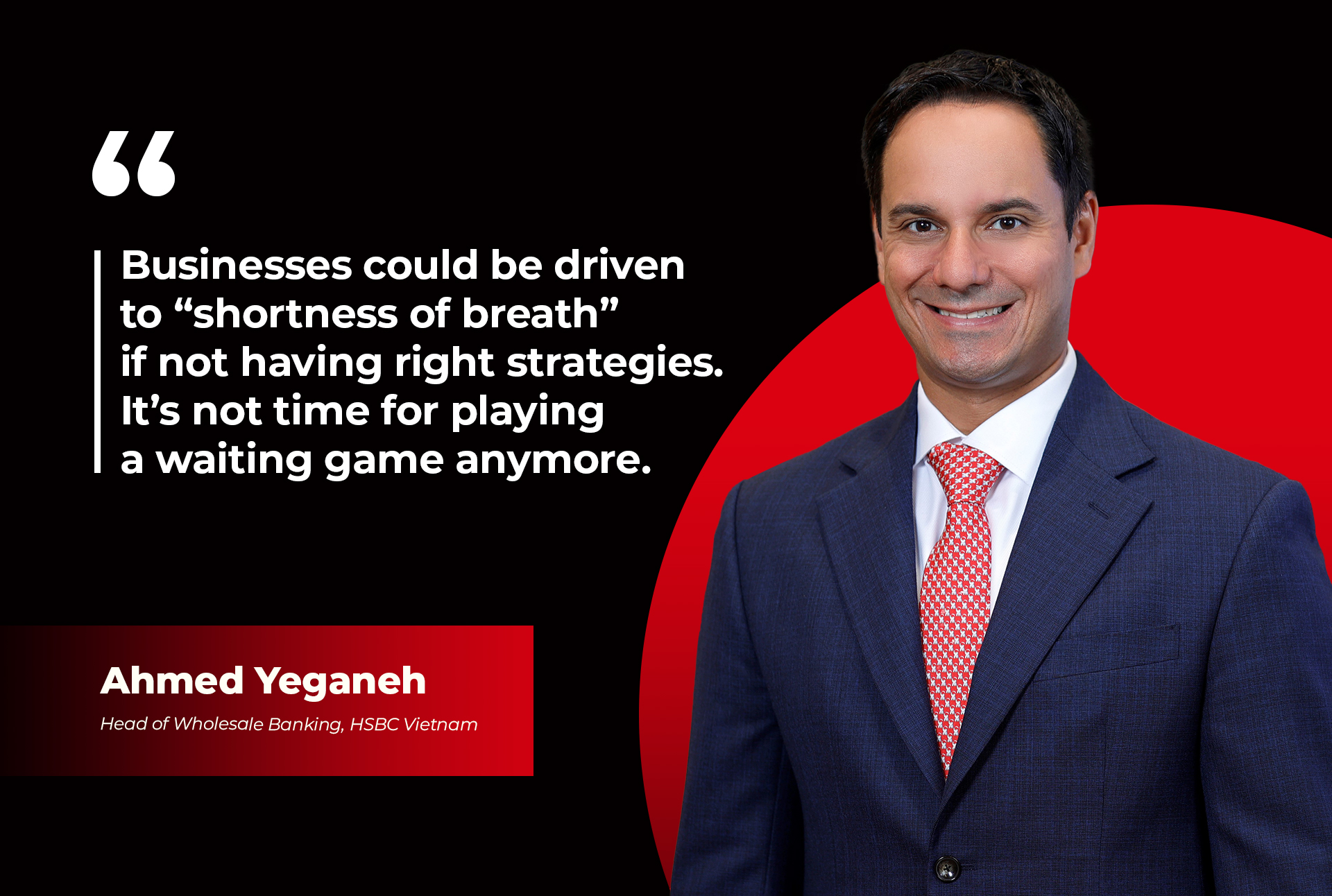

Not being the “first child”, the private sector was recognised as a member of Vietnam’s economy just after the world renowned reform era (Doi Moi) in 1980s. But the sector immediately proved its potential with average annual growth over 6 per cent, occupying more than 64 per cent of the entire economy at that time.
Then, the enactment of the Law on Private Enterprises and the Company Law in 1990 and Law on Enterprises in 1999 really provided a powerful launch pad for Vietnamese companies’ to breakthrough years later, as well as completely changing the private sector.
Along with the country’s openness and international trade in early 2000s, the number of Vietnamese enterprises grew from approximately 92,000 in 2004 to more than 930,000 ones currently. According to Vietnam’s GSO, the country recorded over 157,200 newly registered enterprises in 2024, with bustling Hanoi and Ho Chi Minh City taking up the most.
Additionally, Vietnamese businesses also showed their growth in quality, diversification and sophistication. From the low value added and labour-intensive traditional areas such as textile and footwear, seafood, food processing, etc., gradually local corporates have entered the global supply chain with higher technology content, and digital application, like electronics, automation, biotechnology, information and communication technology, to name a few, and of course, AI, semiconductor, data centres now and in the future.
The incredible growth of Vietnamese companies has boosted the impressive rise of Vietnam’s economy during the recent decades. Currently, the country’s GDP size is ranked 33rd (2024) in the world, and expected to reach $500 billion this year, according to the government. The private sector now represents 45 per cent GDP, 40 per cent total social investment capital, and supports to create 85 per cent jobs in the society, said by PM Pham Minh Chinh in September 2024, proving their pivotal role in our economy.

40 years since Doi Moi, more and more Vietnamese brands are now flagging their names in the global market. One typical success story came from Vinh Hoan, an aquaculture business established in 1997 in Dong Thap province.
From a small fish processor, the company has leveraged the natural advantages of the Mekong Delta and their innovative strategy to make significant moves on the way of becoming the industry’s leader in farming and processing frozen pangasius (a.k.a cá tra). In 2024, Vinh Hoan led the league of Vietnam’s largest pangasius exporters by occupying 14 per cent of the country’s total pangasius export value.
The group has the persistent strategy which focuses on building a strong brand, establishing international distribution network, meeting international standards, and pursuing sustainable development. By applying circular economic model for their production, Vinh Hoan has increased their self-sufficiency for raw materials, maintaining the stable product quality and the manufacturing continuity.
Additionally, this sustainable model has produced least negative impacts to environment, thus meeting foreign export markets’ high requirements, as well as allowed them to grow benefits thanks to the value-added or side products.
As their banking partner for nearly 20 years, we have witnessed their increasing demands along with their business growth, from classic credit facilities at the beginning, to more sophisticated requirements in a variety of products and services namely payment and trade solutions, foreign exchange and recently green facilities.
Vinh Hoan is an iconic example showcasing how Vietnamese enterprises have grown up in the evolving world full of challenges and competition, thanks to their entrepreneurial and challenge accepted spirit, bravery, open and eager to learn mindset, and resilience.


However, as rough waters are usually full of fish, the more benefits we gain, the more adversity we may face. In recent years, Vietnam’s economy continuously stands against both internal and external challenges. So, the big question is whether Vietnam, the economy with more than 90 per cent covered by SMEs, can steadily overcome? And how could they do that?
Already creative, determined and resilient, Vietnamese businesses are now facing emerging challenges including capabilities, corporate governance and resources, which somehow hinders them from accessing international capital. Without no feasible contingency plans, it’s difficult for a corporate to get financing approvals, also risks their existence and development amidst challenges.
An issue that has been in discussion for quite a while is the lack of skilled workforce. Although the government encourages the development in highly skilled industries and targets high quality FDI inflows, there is still a gap for the domestic labour force to meet requirements. According to the Ministry of Labour, Invalids and Social Affairs, in 2023, only 27 per cent of Vietnamese workers had degrees or certificates while 38 million workers were untrained that year, which led us to lower labour productivity compared with other regional peers.
Those obstacles, along with the global intense competition and fast-growing digital trends, could drive businesses to “shortness of breath” if not having right strategies.
It’s not time for playing a waiting game anymore. Remember, our regional peers like Indonesia, Malaysia, or Thailand are ready to grab opportunities presented.

First and foremost I think Vietnamese companies should adopt an agile, open and evolving mindset, that makes them always curious about new concepts, aggressively desire to apply them in their businesses. Digitalization should be one of the key focuses, which means more productivity, more accuracy, more customer satisfaction, as well as more advantages.
People growth should be seen as critical as business development, as human resources are corporates’ best asset. Successful companies are the ones which equip their people with new knowledge and skills to promptly identify and capture new trends.
Government support and guidance also play a key role in the development of the private sector. Vietnamese companies need a friendly, supportive business environment which enables them to innovate and grow compliantly, transparently and sustainably.
Vietnam has been mentioned as an alternative production base for global corporates. Now is the time for us to develop “Made by Vietnam” products instead of “Made in Vietnam”, according to the direction of Ministry of Planning and Investment.
Established in Vietnam 155 years ago, HSBC has always been consistent in our commitment, which is to support Vietnamese corporates to grow and connect them with international opportunities through our wide global network. Through our accompany with local businesses, HSBC is proud to witness their breakthrough and transformation, from young companies to become leaders in their industries.
Stepping into Year of the Snake, the zodiac representing wisdom and transformation, calmness and creativity, we are in the forefront of opportunities when Vietnam experienced strong fundamentals and impressive growth last year.
The world nowadays knows about Vietjet as an international low-cost airline, Trung Nguyen keeps expanding its stores in the US and China, Canadians and Americans can apply for jobs at Vinfast in their countries. Vietnamese businesses have had a long journey with great achievements, and I believe this path will continue and blossom in years to come.


